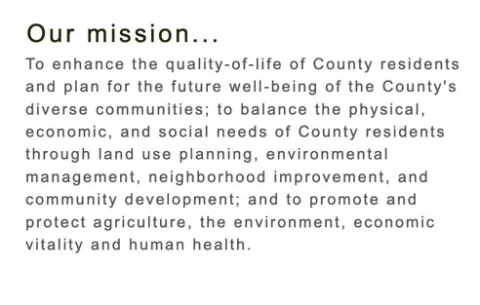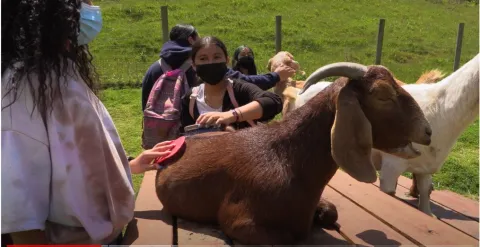Alameda County Cooperative Extension
UC Cooperative Extension Alameda County

University of California Cooperative Extension UCCE Offices are local problem-solving centers, part of a statewide network of UC research and educators who bridge UC research with the communities we serve. Our Advisors and Community Education Specialists deliver a range of locally relevant programs focusing on farm, environment, nutrition, 4-H youth development, science literacy, urban agriculture, home and commercial horticulture. We deliver science-based information through public workshops, meetings, newsletters, and mass media communication tools to local communities. In addition, Advisors and Community Educators collaborate and partner with community-based organizations, academic institutions, government organizations, extending the reach of our programs.
Working in Partnership With:
Alamada County Development Agency

UCCE Alameda County Office
UCCE Alameda County
AC Department of Agriculture Offices
224 West Winton Ave, Suite #134
Hayward, CA 94544
Questions or Comments:
510-670-5622 I UCCE Alameda Administration
510-670-5621 I UCCE Alameda Help Desk





















